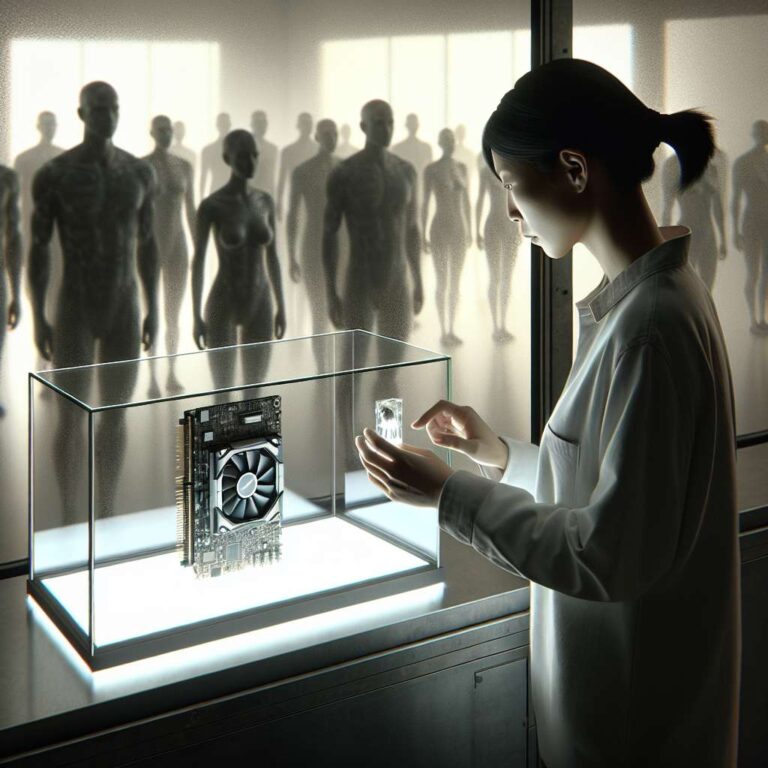NVIDIA has issued a clear public assurance, responding to speculative demands for hardware-level controls such as backdoors, kill switches, and spyware in its GPU products. With millions of GPUs shipped across a wide array of applications—including data centers, consumer devices, and professional workstations—these demands stem from concerns among policymakers about safeguarding critical infrastructure sectors like healthcare and finance, which often rely heavily on NVIDIA´s technology.
Addressing these calls, the company published a blog post explicitly reaffirming its position that NVIDIA GPUs do not and will not contain hidden backdoors, permanent kill switches, or embedded spyware. NVIDIA contends that robust security should result from transparent features like diagnostics, performance monitoring, bug reporting, and regular firmware patching—all of which occur with user consent and visibility into the active services running on their hardware. The notion of building in a kill switch, according to the statement, is equated to embedding an uncontrollable flaw into silicon, thus introducing unnecessary vulnerabilities and risk rather than mitigating them.
NVIDIA warns that such drastic measures would, paradoxically, damage both national security and economic interests. The company likens hardware kill switches to giving remote shutdown power to unauthorized third parties, a scenario deemed unacceptable and counterproductive. NVIDIA´s stance advocates for technological accountability and transparency, resisting political pressure in favor of industry best practices and user empowerment. This position aligns with broader concerns about trust, sovereignty, and data integrity in the global hardware market.

